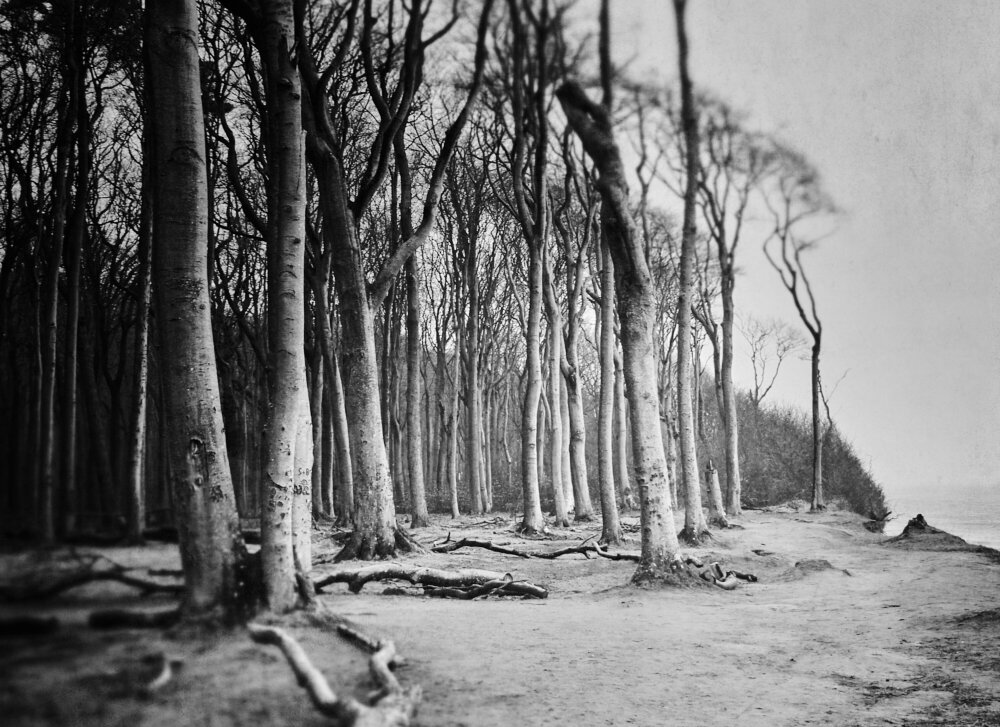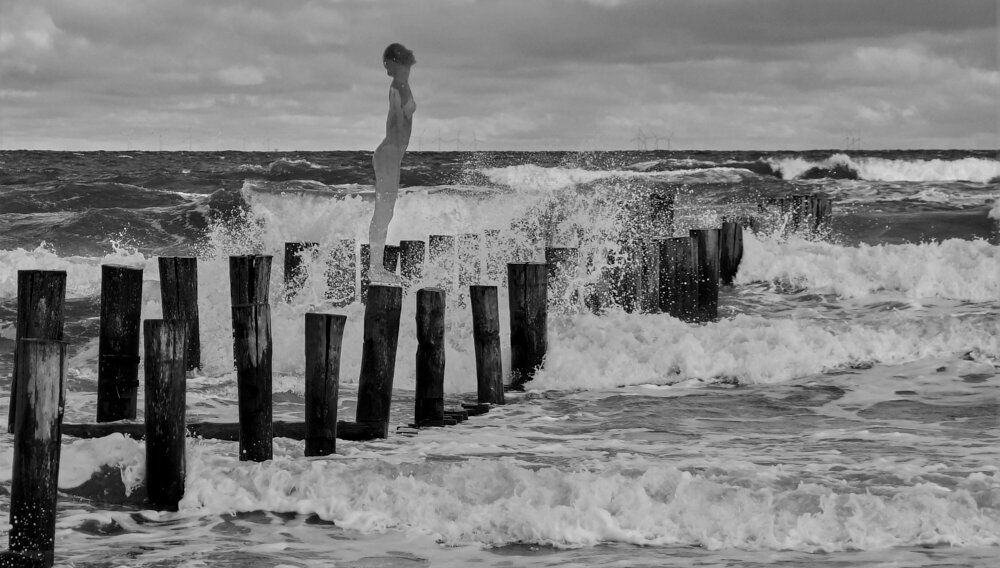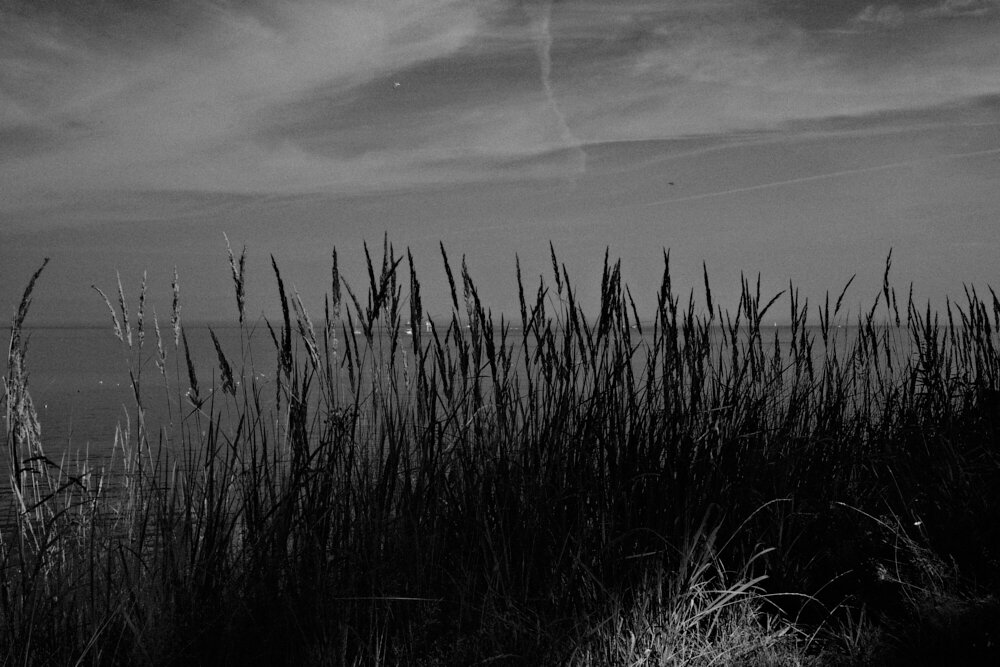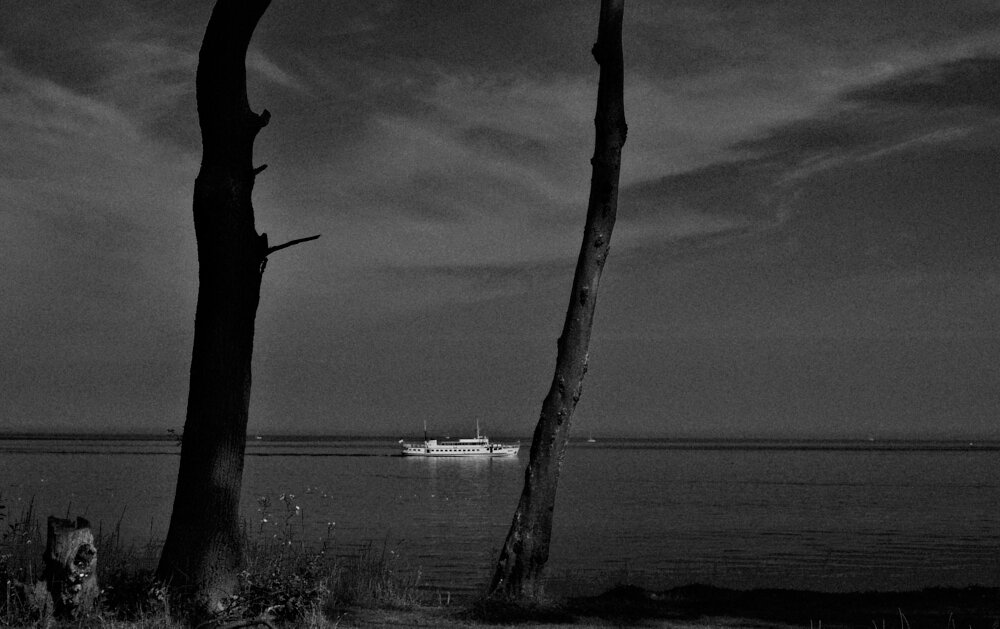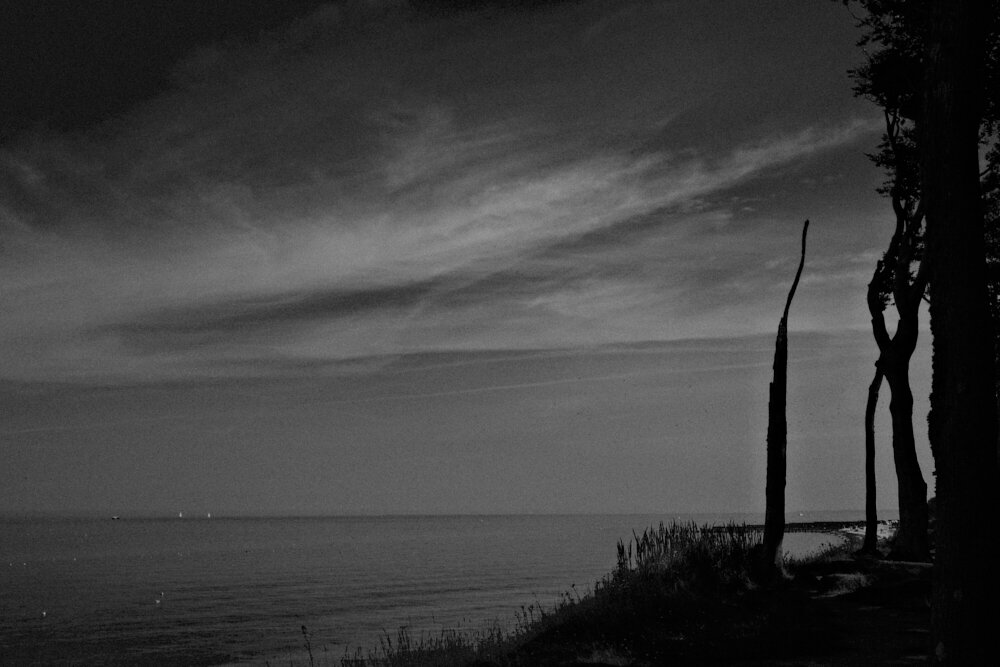Deceleration
Deceleration - a term increasingly found in linguistic practice in recent times. There is a desire to actively counteract the acceleration of private and professional life. What role can analog photography play in this? Why is analog photography a process to slow down? Experience tells me there are things like: the strength to restrain oneself, the (re) discovery of slowness, and, last but not least, the right intention.
Self-restriction- less is more - the digital revolution has accelerated the extent and future of photography. There are about four billion photos posted on the Internet every day, most of them via social networks. The flood of images can hardly be appreciated, regardless of the quality and the story of its creation. Often they attract only a short time of attention. Film photography is a process to slow down. Slowing down implies self-restraint. The analog film only provides me with one, two, ten, twelve, or 36 shots. To work carefully on each motif, I only squeeze the shutter when the circumstances are optimal.
The (re) discovery of slowness in photography is a conceptual equivalent to different areas of life, such as slow food, slow travel, and slow living. This is not about slowing down as an end in itself, but about doing the tasks appropriately.
Photography in the sense of» slow photography« takes time because genuine pictures are seldom created in passing. The essence is the path to the photo and how much time this path is worth to us. The photographic topic is visible on the display of the camera or smartphone within a fraction of a second after exposure. Immediately and - often final - evaluation and choice of the results take place instantly. Afterward, the digital documentation is frequently passed on unprocessed on social media.
In this form, the artistic photographic process merges into a time "point" experience that lacks something essential: learning through experience.
As an analog photographer, the deceleration can be experienced, as in the workflow. All relevant conditions that affect an image must be anticipated for all critical parameters such as aperture, exposure time, etc. Everything is planned and carefully set.
All of this takes time and needs to be done at a moderate pace. Older cameras, in particular, which do not have any automatic functions, are ideal tools and offer the potential for gaining experience.
The tension opens when the picture is created since you have to wait for the negatives or the final prints. The curiosity to see whether the developed negatives have "become" something or, more accurately, whether they reflect the Interpretation of the motifs I imagined them. Did I get the surroundings, atmosphere, and mood, and intention as seen in my mind?
Technical issues, such as underexposure or overexposure, drawing, etc., are added to these prejudiced impressions. This review of the results is followed by a creative process: the positive development.
This content-related and technical examination of motif and material requires time and sets the pace of action or slowness. This opens up the opportunity to be creative in a relaxed way and to perceive and stage the environment with the help of analog photography at a personally adjusted pace.
The right choice of motif - static rather than dynamic can decelerate photography. Some subjects support the process of deceleration more than others. The first choice is motifs that cannot run away.
Natural landscapes in which trees or flower arrangements exert both a photographic charm and a calming effect on the photographer are exemplary. Choosing motifs that have a calming effect is helpful.
Developing your films and make prints and enlargements yourself is helping the process.
Analog photography, in all its technical and creative facets, meets the desire to slow down and turns out to be an effective remedy against a symptom of our time: that growing hectic pace and increasing acceleration.




